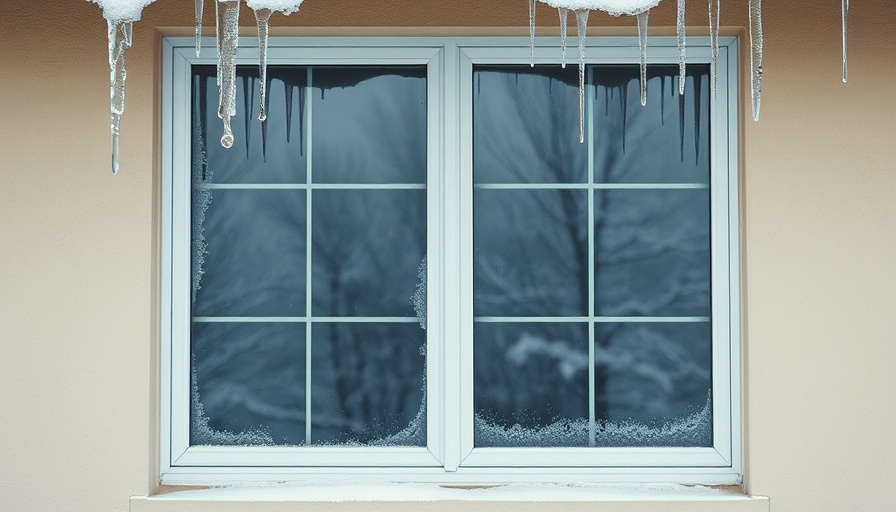
Understanding the Frustration of Double-Pane Window Condensation
For homeowners in Grand Rapids and western Michigan, dealing with condensation between the panes of double-pane windows is a common frustration, especially given the region's fluctuating temperatures. While seeing foggy or hazy windows can be annoying, it often signals a more serious problem that affects both comfort and energy efficiency.
What Causes Condensation Between Panes?
Condensation occurs when moisture in the air encounters a cooler surface, and in double-pane windows, it can happen either on the exterior, interior, or between the panes. Exterior condensation is typically harmless, while interior condensation can indicate high humidity levels within your home. However, condensation trapped between the panes indicates a failure in the window’s seal, making it a challenge for homeowners.
Double-pane windows are designed with a sealed airspace that traps insulating gases like argon or krypton, increasing energy efficiency. Unfortunately, over time, fluctuations in weather conditions can degrade the airtight seal that keeps moisture out. Once compromised, outside air—and its moisture—can seep into the space, leading to the dreaded condensation.
The Consequences of Failed Window Seals
When the seal fails, it not only permits condensation but also diminishes the energy efficiency of your windows. The loss of insulating gas results in increased heat transfer, compelling your HVAC system to work harder, which in turn drives up energy bills. Moreover, any trapped moisture can lead to mold growth and structural damage to your window frames.
Effective Solutions for Homeowners
If you notice condensation between your double-pane windows, the best solution is often to replace the affected glass panes or the entire unit. While some may attempt to repair the seal, such solutions are often temporary. Full replacement is recommended for long-term efficiency and to take advantage of new technologies that enhance performance.
To prevent future issues, homeowners should invest in high-quality windows engineered with durable seals that withstand temperature variations. Modern windows may also feature low-emissivity (Low-E) coatings that help minimize condensation by reducing temperature disparities.
Ensuring your home is equipped with the right windows will not only enhance comfort but will also save you money in the long run. If you're facing persistent condensation issues, it's time to consult with experts at WMGB Windows who can assist you in finding the right solution for your needs.
 Add Row
Add Row  Add Element
Add Element 

 Add Row
Add Row  Add
Add 
Write A Comment